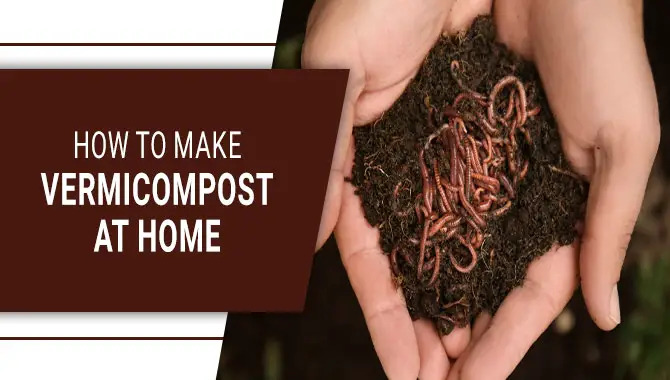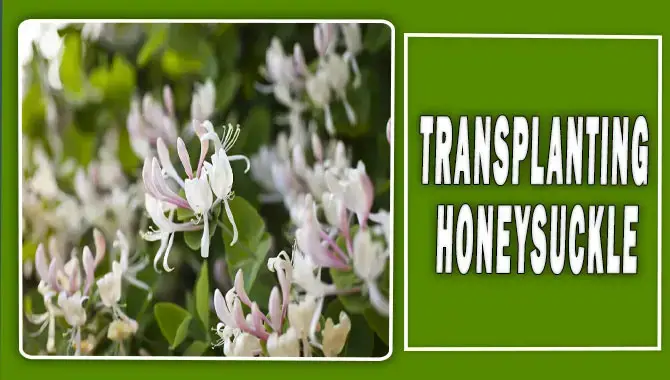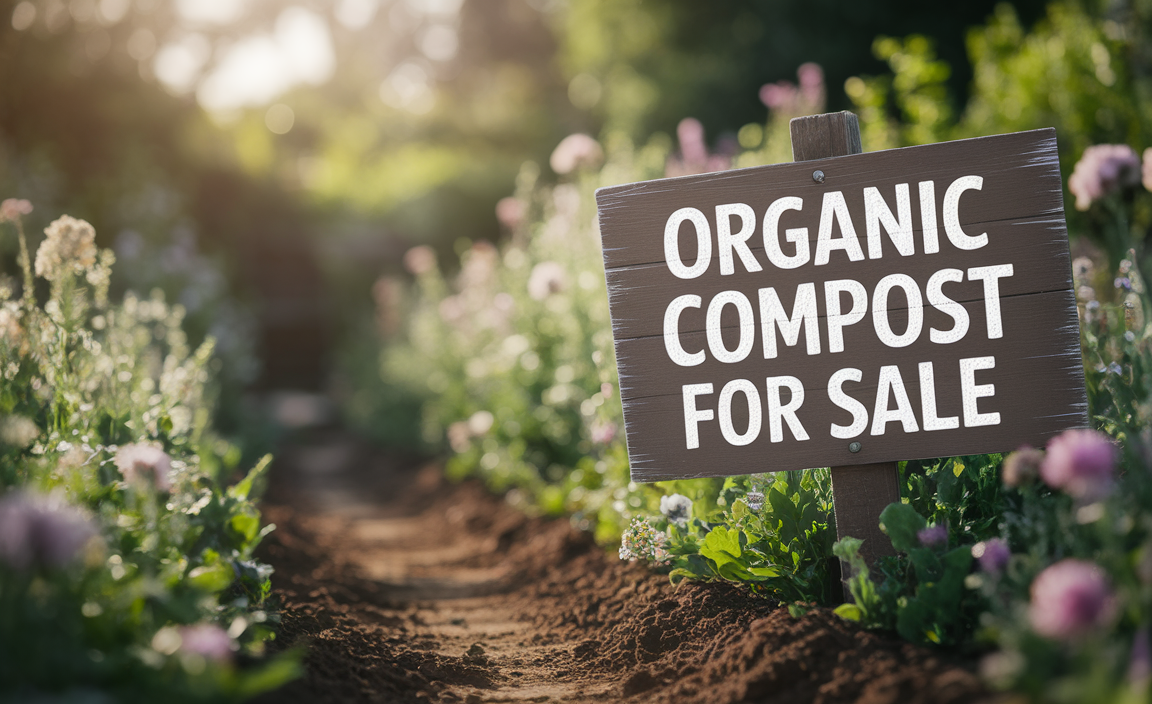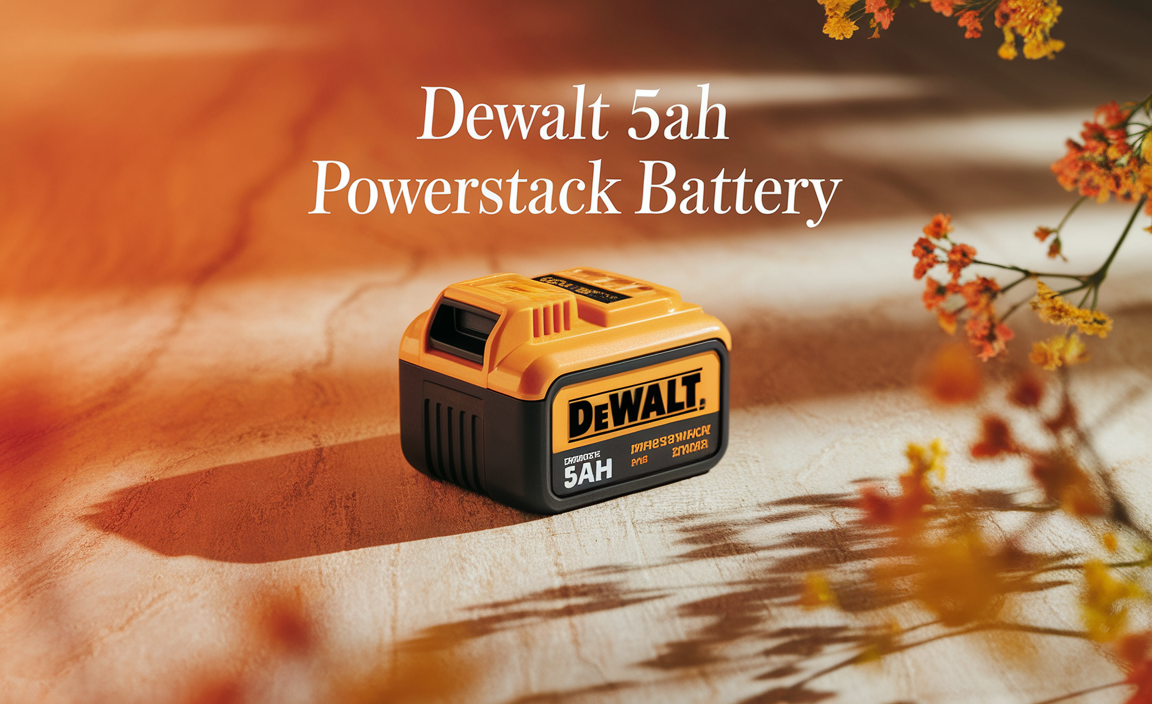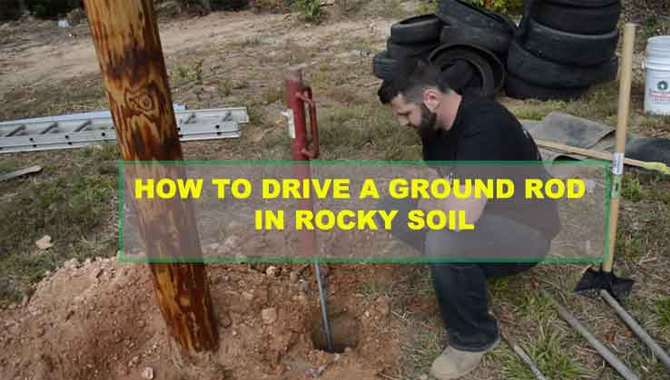In vessel composting techniques refer to the controlled decomposition of organic waste materials within an enclosed container or vessel. This method utilizes heat, moisture, and oxygen to facilitate efficient and fast composting.
Examples include rotating drums, aerated static piles, and enclosed containers. Here we will take you through everything you need to know about in-vessel composting techniques. We’ll also dive into the process of in-vessel composting, exploring the significance of oxygen flow and temperature. Looking to start your own in-vessel composting system?
We’ll discuss key considerations and offer expert tips and tricks for success. Additionally, we’ll explore how in-vessel composting has evolved over time, as well as the regulations and standards surrounding this practice. Discover the many benefits of in-vessel composting while knowing its potential disadvantages. Get ready to make a positive impact on our environment.
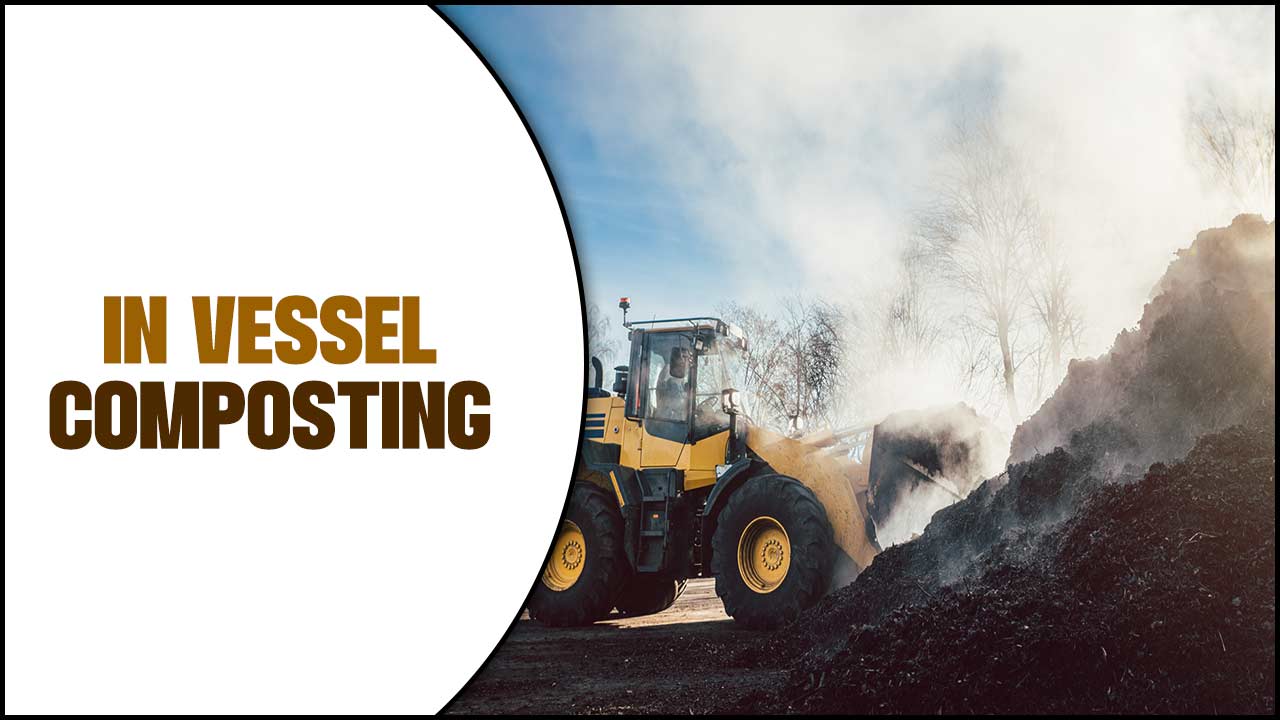
In Vessel Composting Techniques: Expert Tips And Tricks
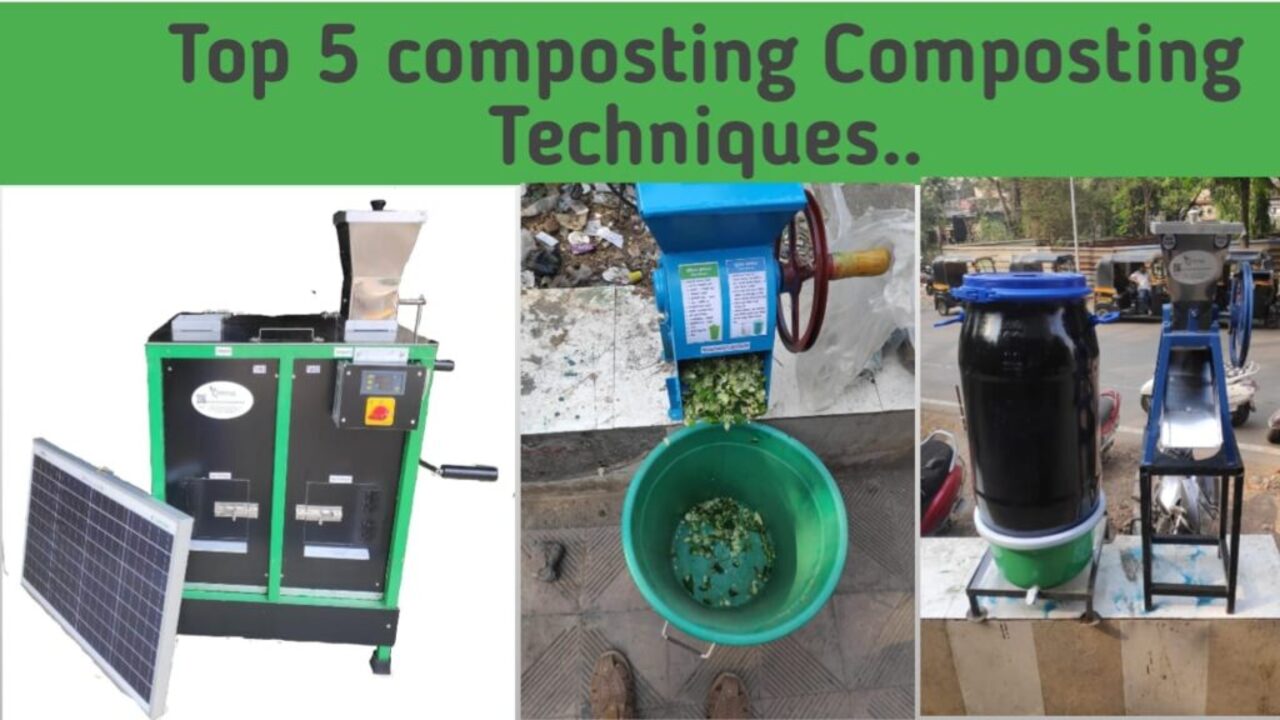
Understand the advantages of in-vessel composting, including faster decomposition and odor control. Select the appropriate vessel for your composting needs, taking into account factors such as capacity and aeration. Manage moisture levels effectively during the composting process to ensure optimal decomposition. Monitor temperature and airflow to create an ideal composting environment.
Employ compost-turning techniques at the right frequency to promote even decomposition and address hot spots. Troubleshoot common issues in in-vessel composting, such as pests or pH imbalances. Here we are going to discuss everything on in vessel composting.
Understanding The Basics Of In-Vessel Composting
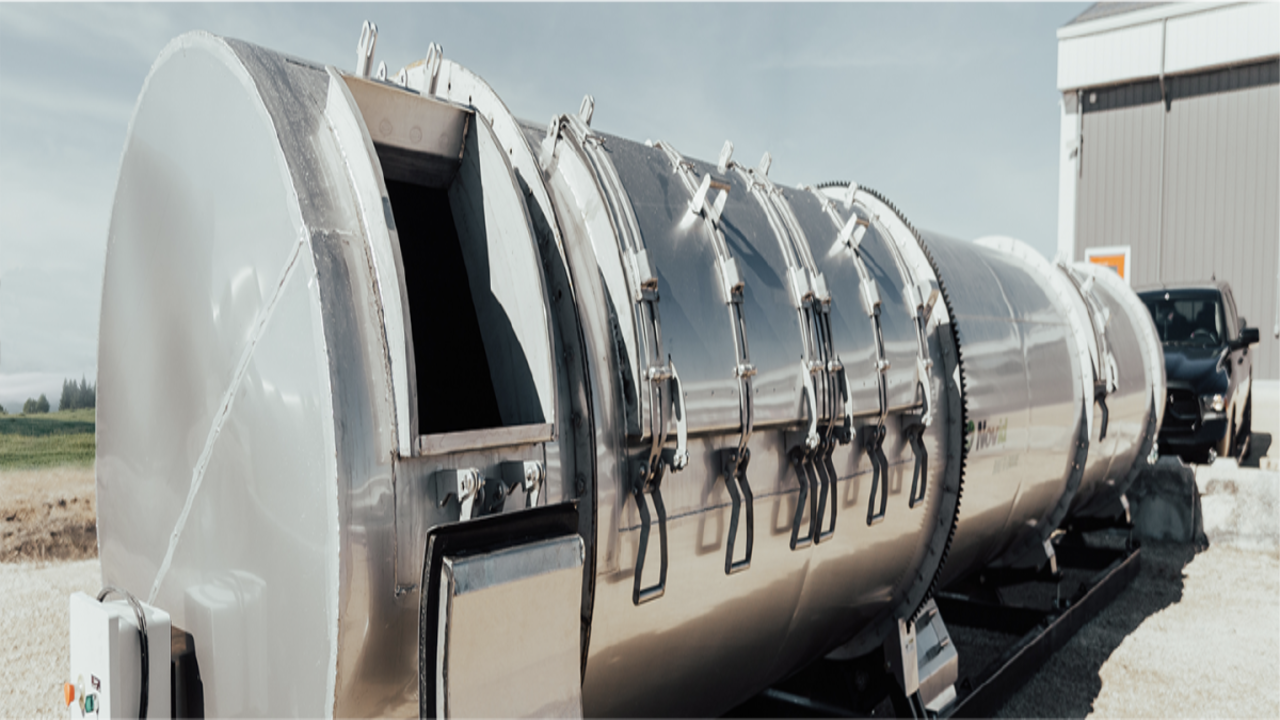
In-vessel composting is an advanced method that involves the decomposition of organic waste within a closed container or vessel. This technique offers several advantages over traditional open-air methods, including faster and more efficient composting. In-vessel systems can effectively process a wide range of waste materials such as food waste, garden waste, and yard trimmings.
The success of in-vessel composting relies on key components like proper aeration, moisture levels, and retention time. It is also important to address common challenges such as odor control and contamination to ensure optimal conditions for composting.
Overall, in-vessel composting provides a sustainable solution for managing organic waste while producing nutrient-rich compost for various applications such as agriculture and landscaping.
Importance Of Nutrient Balance And Feedstock
Maintaining a nutrient balance is of utmost importance to achieve successful in-vessel composting. This means having the right combination of carbon-rich and nitrogen-rich materials, stimulating microbial activity, decomposition, and the creation of high-quality compost. To ensure a diverse nutrient profile, selecting a range of organic materials as feedstock is crucial.
Monitoring and adjusting nutrient levels are essential for optimal outcomes throughout the composting process. By achieving the right nutrient balance, you create an environment that supports the breakdown of organic matter and the production of nutrient-rich compost. This nutrient-rich compost can then be used to enhance soil fertility and promote healthy plant growth.
The Role Of Particle Size And Moisture Content
Proper particle size plays a crucial role in the in-vessel composting process. Smaller particles have a larger surface area, promoting faster microbial activity and speeding up decomposition. On the other hand, larger particles slow down composting and require a longer retention time.
Maintaining an optimal level of around 50-60% is essential in terms of moisture content. Regular monitoring and adjustment of moisture levels are necessary to ensure successful in-vessel composting. Finding the right balance between particle size and moisture content is key to achieving efficient and effective composting results.
The Process Of In-Vessel Composting
In-vessel composting differs from other methods and offers benefits such as faster decomposition and odor control. To set up a system, follow these steps: maintain C/N ratio and temperature, ensure proper carbon-to-nitrogen ratio, and control temperature.
Common challenges include contamination and plastic bags, but technical assistance is available. Successful projects have reduced waste, improved soil health, and utilized organic materials like food and garden waste. The process involves decomposition, air flow, and moisture conditions. In-vessel systems require less space than windrows.
Significance Of Oxygen Flow And Temperature
In-vessel composting systems rely on sufficient oxygen flow to facilitate the decomposition of organic materials. This is because oxygen promotes aerobic conditions, which in turn lead to faster decomposition and help minimize unpleasant odors.
Maintaining proper temperature control is crucial for optimal microbial activity and the effective breakdown of organic matter. The ideal temperature range accelerates the composting process and helps eliminate harmful pathogens. To achieve successful and efficient in-vessel composting, it is essential to strike a balance between oxygen flow and temperature regulation.
Things To Consider For Successful In-Vessel Composting
When embarking on a successful in-vessel composting journey, there are several key considerations to keep in mind. First and foremost, choosing the right vessel for your composting needs is crucial. Factors such as size, material, and ventilation play a vital role in ensuring optimal composting conditions.
Implementing proper waste segregation and pre-processing techniques will help maintain a balanced and effective composting process. Monitoring and regulating temperature, moisture levels, and oxygen within the vessel is essential for promoting efficient decomposition.
Equally important is properly turning and mixing the compost to prevent anaerobic conditions and facilitate decomposition. Lastly, regularly testing and monitoring the quality of the compost ensures it meets desired standards and is safe for use or distribution.
What Materials Can Be Composted In An In-Vessel System?
In an in-vessel system, you can compost organic materials like fruit and vegetable scraps, coffee grounds, yard waste, and shredded paper. However, meat, dairy products, and oily food waste should be avoided. Maintaining a proper balance of carbon-rich (browns) and nitrogen-rich (greens) materials is crucial. Regularly monitoring moisture levels and temperature is also important.
Overcoming Common In-Vessel Composting Challenges
Proper moisture control is essential to prevent compost from becoming overly wet or dry. Adequate ventilation is necessary to maintain oxygen levels and promote decomposition. Regular turning or mixing of the compost ensures even decomposition and prevents odors.
Monitoring temperature is crucial to maintaining optimal conditions for microbial activity. Using the right mix of organic materials and balancing the carbon-to-nitrogen ratio is key for efficient composting.
How Has In-Vessel Composting Changed Over Time?
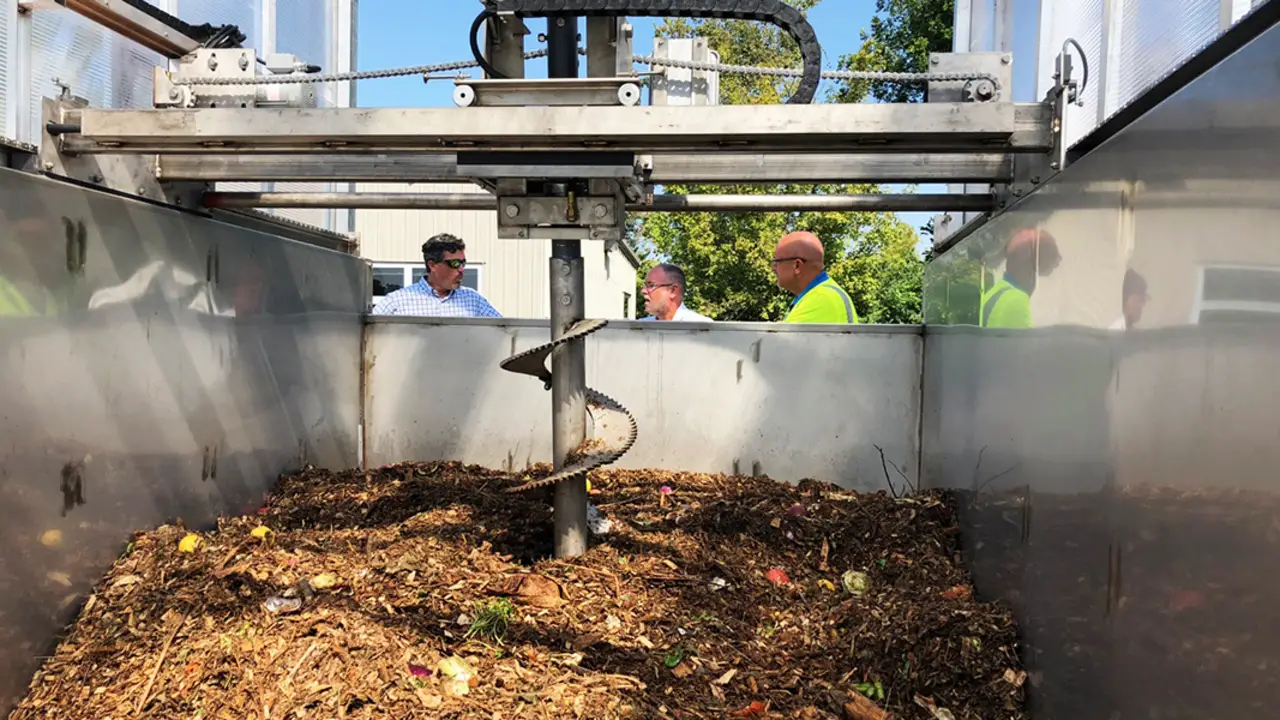
Over the years, in-vessel composting techniques have experienced remarkable advancements, increasing efficiency and versatility. One notable improvement is the implementation of advanced monitoring systems that optimize temperature control, ensuring optimal conditions for the composting process.
Additionally, the development of improved odor control mechanisms has minimized the environmental impact associated with in-vessel composting. These technological advancements have enabled handling a broader range of organic waste materials, making in-vessel composting a more sustainable and effective solution for waste management.
Regulations And Standards For In-Vessel Composting
In-vessel composting is an effective method for organic waste management, but it requires a thorough understanding and adherence to regulations and standards. Familiarizing yourself with local regulations and obtaining the necessary permits before starting operations is essential.
Additionally, it is crucial to implement best practices and guidelines set by industry standards organizations to ensure the composting process meets quality standards.
Monitoring and record-keeping processes are vital to demonstrate compliance with regulations and track the progress of the composting process. Training staff on proper handling and operation procedures is imperative to maintain safety standards and prevent accidents or mishaps. Regular review and updates of the composting process are necessary to adapt to any changes in regulations and continuously improve efficiency.
Complying with regulations and standards ensures that your in-vessel composting operation operates smoothly, protects the environment, and contributes to sustainable waste management.
Benefits Of Vessel Composting
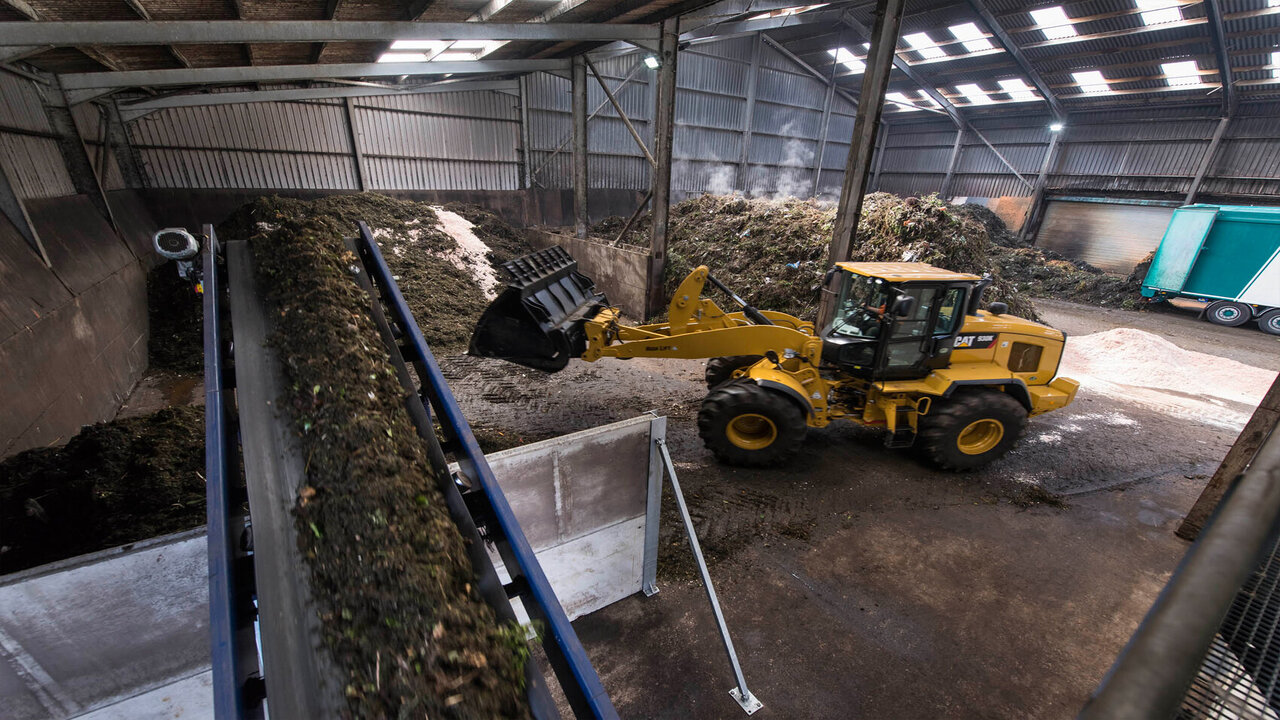
Vessel composting is an effective method for decomposing organic waste, offering numerous advantages over traditional composting techniques. One of the key benefits is its ability to expedite the decomposition process, leading to faster results. Furthermore, vessel composting helps minimize unpleasant odors and pests, making it a more sanitary option.
Another advantage is that it can be conducted throughout the year, regardless of weather conditions. This controlled environment also eliminates weed seeds and pathogens, resulting in high-quality compost ideal for enriching gardens, landscaping projects, and agricultural endeavors.
Moreover, vessel composting serves as an environmentally friendly solution for managing organic waste and reducing landfill waste, contributing to a sustainable future.
Disadvantages Of In-Vessel Composting
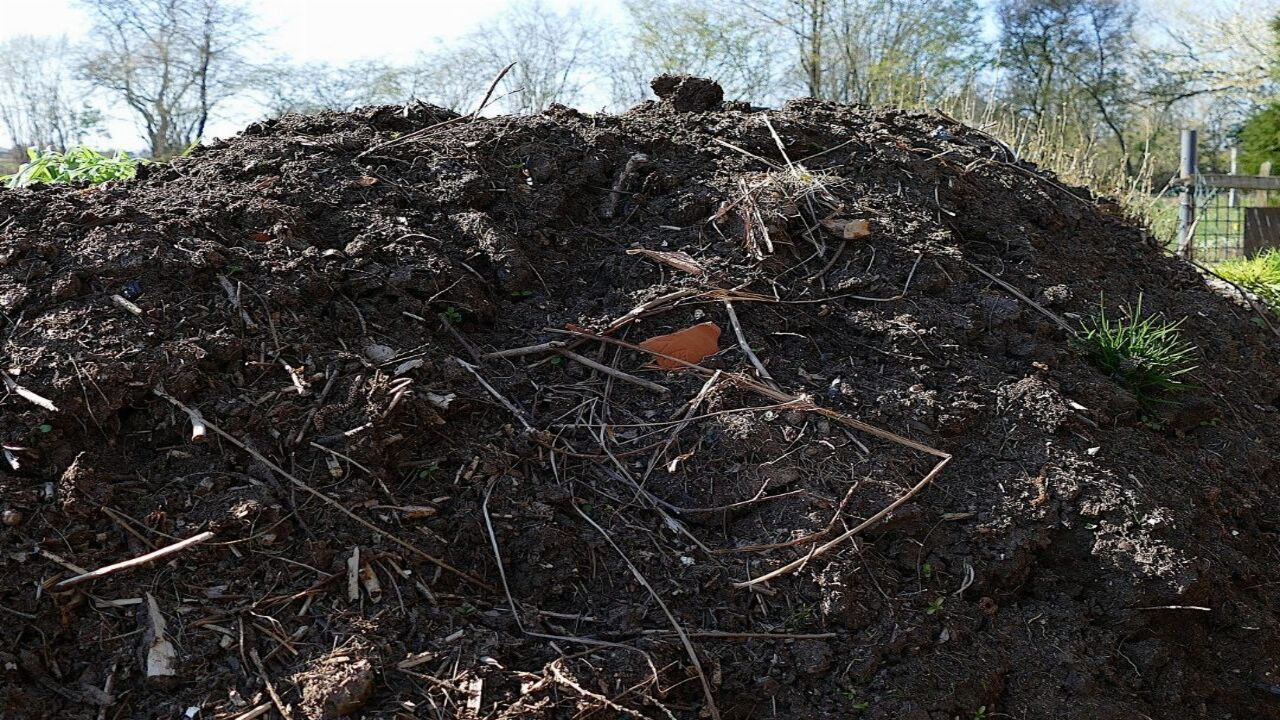
In-vessel composting undoubtedly offers several advantages, but it is essential to acknowledge its drawbacks as well. One notable disadvantage is the significant initial investment cost of purchasing and maintaining the necessary equipment for in-vessel composting. Furthermore, operating the composting system requires considerable energy consumption, which can impact sustainability efforts.
Another limitation of in-vessel composting is its relatively limited capacity compared to other composting methods, making it less suitable for large-scale operations. The strict temperature and moisture control requirements can also present challenges, requiring careful monitoring and adjustments throughout the composting process.
To effectively operate and manage an in-vessel composting system, specialized knowledge and training are crucial. This ensures the process runs smoothly and efficiently, minimizing potential issues or setbacks.
Despite these disadvantages, in-vessel composting remains a valuable option for organic waste management due to its ability to produce high-quality compost in a controlled environment. Its benefits include odour control, reduced greenhouse gas emissions, and faster decomposition rates than traditional open-air methods.
Conclusion
In vessel composting offers a sustainable and efficient way to manage organic waste. By utilizing specialized containers, this method controls the composting process, ensuring optimal conditions for decomposition.
The key to success is maintaining the right balance of nutrients, particle size, moisture content, oxygen flow, and temperature. While there are challenges to overcome, such as selecting appropriate materials and addressing odour concerns, the benefits of in-vessel composting are substantial.
It reduces landfill waste, produces nutrient-rich compost, and helps create a more sustainable environment. As regulations and standards evolve, staying informed and compliant with local guidelines is important. Embracing in-vessel composting can contribute to a greener future for our planet.
Frequently Asked Questions
[rank_math_rich_snippet id=”s-c4d4b70f-b61c-47df-8bee-3354ff5527ae”]

I am passionate about home engineering. I specialize in designing, installing, and maintaining heating, ventilation, and air conditioning systems. My goal is to help people stay comfortable in their homes all year long.

